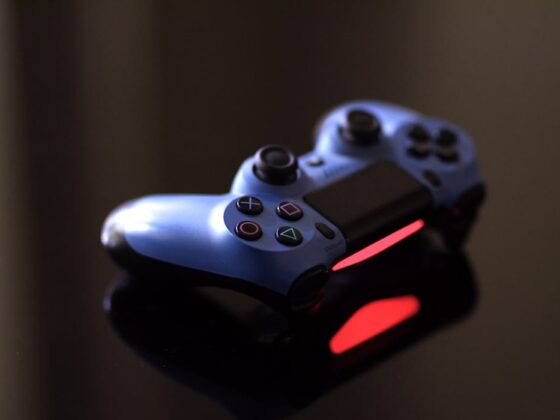We live in the information age where news cycles are fast-paced, entertainment is easily accessible, and connections can be built on a small, 5-inch screen. People are increasingly glued to their devices, whether they’re watching Netflix, scrolling through TikTok, consuming media, or enjoying themselves on a mobile gaming app.
In fact, data shows that there are currently 97.5 million individuals using the Internet in the Philippines. The country also has 90.8 million social media user identities, which account for a whopping 78% of the population.
The digital world has become a sort of sanctuary for real-world stressors, especially among the younger generations. But is digital escapism becoming a coping mechanism that the wake of technology has normalized?
Rise of Screen-Based Stress Relief
In a study on psychological stress and social media use, it was found that frequent users of social media (predominantly women) reported less stress than those who do not use these technologies at all.
Social media, like screen-based activities, have evolved from platforms of entertainment to communities and safe spaces. Users are increasingly turning to their devices not just to consume content but to escape.
Digital escapism offers familiarity and a sense of control that guarantees instant gratification and a quick dopamine fix. In the Philippines, the screen-based activity that’s gaining traction is mobile gaming.
According to Statista, the Philippines is seeing a surge in mobile gaming popularity, especially among the youth. There are over 16.54 million online gamers in the Philippines, most of whom enjoy games on their smartphones.
Mobile games are helping Filipino players get a sense of control and temporary reprieve. Whether it’s a battle royale match, a quick puzzle game, or online slots, the activity has stopped becoming about winning, but more so a sensory break from real life.
Digital Spaces as the New Third Place
Sociologist Ray Oldenburg defines “third place” as spaces which are not home or work, but serve as locations of refuge and relaxation. Nowadays, the third place has shifted from physical locations to the digital sphere.
Screens are offering a new refuge, accessible 24/7 and tailored to personal preferences. Online games, Spotify playlists, social media — they’re all turning into hubs where users can disconnect, process emotions, and get temporary reprieve from the hustle and bustle of life.
Escapism vs. Avoidance: Where’s the Line?
Digital escapism is not necessarily a bad thing, seen as a means to step back from real-life stressors, even just for a little while. But if not managed, digital escapism can quickly spiral into avoidance.
Mobile phone and internet use as a maladaptive coping strategy can lead to emotional dependence, which affects how a person can regulate their feelings and respond to situations offline. (Source)
The key is balance. Digital escapism can be a useful short-term strategy for stress management, but should not become a numbing agent for life’s negative experiences.
Escaping for Peace, Not Permanence
There’s a fine line between digital escapism and full-on reliance. The online world is ripe with activities that can not only entertain us but also provide a sense of relief and relaxation. But the next time you turn to Netflix, slots, RPG games, or social media to escape, make sure it doesn’t become your exile from the real world.








